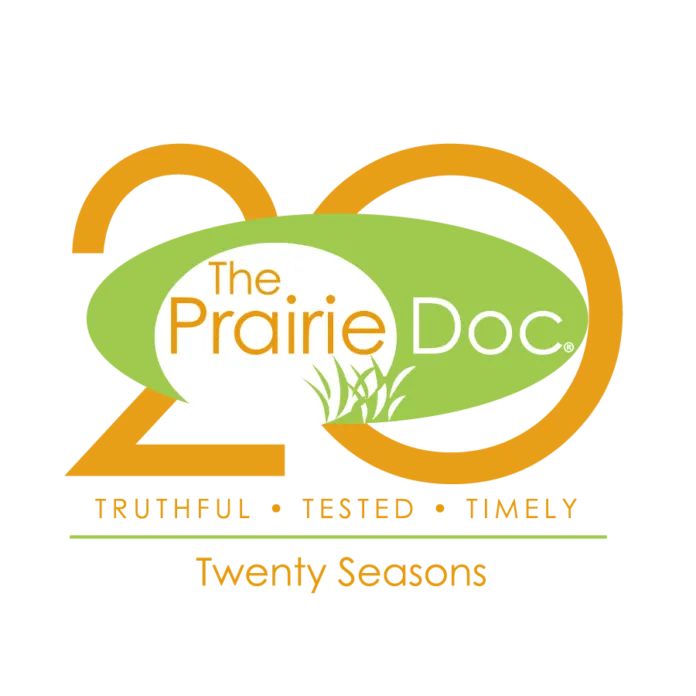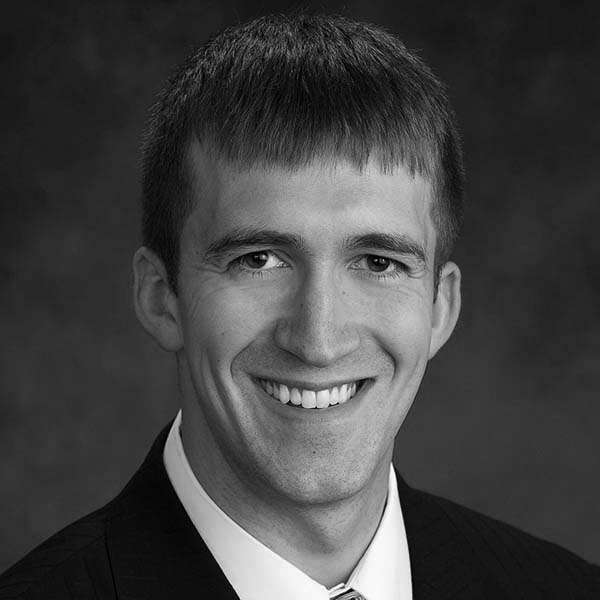From Dr. Marcus Welby and Dr. Meredith Grey to “Hawkeye” Pierce and Doogie Howser, MD, there have been a multitude of television doctors. You likely spend more time watching them than you do with your own physician. Television shows the life of a doctor as exciting, dramatic and glamorous; however, real life is often much different.
On television doctors can solve every medical mystery within the span of a single show. Rare diseases or unusual presentations are no match for the intellect or dedication of the Hollywood doctor. Experimental treatments or lifesaving surgeries are all done with minimal interference. Television doctors rarely deal with hospital policies, evidence based medical care standards, or insurance companies. They also seem to have ample extra time between patients.
In the real world, things are not as simple and straightforward as they are on television. Multiple diseases have similar symptoms and specialized lab tests can take days or weeks to get results. Unfortunately insurance companies often dictate what tests can be done, such as a CT or MRI. They may also refuse to cover a hospital stay or a new medication, requiring older or cheaper options first. Doctors are required to spend a significant amount of time charting to justify tests or treatments for insurance companies. Unfortunately these activities do not make “must see TV” and take significantly more time than what is actually spent with patients.
On television, almost everyone gets better. A patient is just a problem that is solved and forgotten by the next episode, likely never seen again. In real life, many people live with chronic conditions that cannot be fixed or resolved. Real patients are not problems to be solved, but important partners with their doctors in order to live a healthier lifestyle. This takes trust; something that is gained slowly over years, and can be broken faster than a commercial break.
While not as dramatic as television’s life and death surgeries, routine health care in the clinic is just as important. Television rarely shows a family medicine doctor doing a routine physical or a follow up visit for high blood pressure or diabetes. There is very little drama in adjusting a medication dose in the clinic. However, these visits will keep you from experiencing television worthy complications down the road.
You can look for a doctor as funny as Patch Adams, as smart as House, or as good looking as McDreamy. However, what is important is that you find a doctor that you communicate well with and trust. An annual physical and routine health care may seem boring and unnecessary, but it can help prevent some real life health care problems. Save the drama for your television.
Jill Kruse, D.O. is part of The Prairie Doc® team of physicians and currently practices as a hospitalist in Brookings, South Dakota. Follow The Prairie Doc® at www.prairiedoc.org and on Facebook featuring On Call with the Prairie Doc®, a medical Q&A show providing health information based on science, built on trust, streaming live on Facebook most Thursdays at 7 p.m. central.




